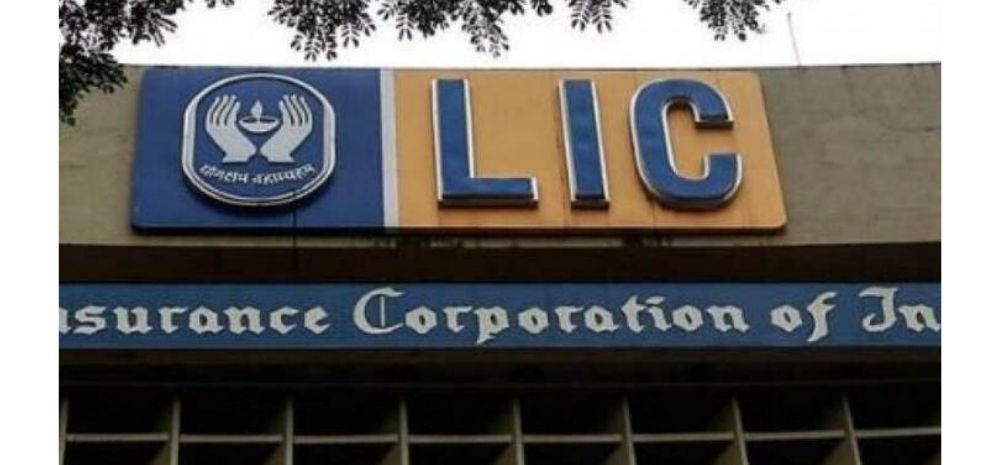LIC’s Bad Loans Soar To Rs 24,000 Crore, Profits Less Than Private Firms – Should LIC IPO Launch This Year?

As per the reports coming in, the government’s plan to list LIC next fiscal may help unlock the life insurance behemoth’s true potential and ensure greater accountability, but at the moment its at a vulnerable position due to a string of bad investments.
Contents
How Did This Happen?
As per the reports, the gross bad loans of LIC jumped almost five times in eight years through FY19 to as high as 6.15%.
Also the analysts say that its non-performing assets (NPAs) may inch up further in FY20, as bonds of companies including DHFL, Reliance Capital and Reliance Home Finance in which it had exposure of around Rs11,000 crore, were junked by rating agencies in the first half of the current financial year.
Apart from that, its acquisition of a controlling stake in IDBI Bank in FY19 remains unremunerative, as the debt-laden bank continues to be under stress.
With this, the elevated gross NPAs of Rs24,777 crore in FY19 forced LIC to set aside as much as Rs23,761 crore to bring down the net NPA ratio to just 0.27%.
It is expected that similar high provisions in FY20 will again weigh on LIC’s profits before its proposed initial public offer (IPO).
On top of that, the companies profit after tax of just Rs2,689 crore was less than a half of its private peers’, including SBI Life (a joint venture between SBI and BNP Paribas Cardif), ICICI Prudential and HDFC Life, even though LIC commanded a 66% market share, based on total premium collections in FY19.
Why Would This Happen?
According to the data with insurance regulator IRDAI, at 8.7%, LIC’s investment income growth, too, trailed that of 9.7% for private players in FY19.
When the growth in total premium of private players jumped as much as 21.4% in FY19, LIC’s moved up by just 6.1%, forcing the state-run insurer to cede almost three percentage points in the market share to private life insurers in just one year—which is the sharpest annual decline in recent memory.
On top of that, during FY14 and FY19, LIC’s share in total life insurance premium has dropped by as much as nine percentage points from roughly 75.4% to 66.4%.
Additionally, in recent years, a bulk of LIC’s exposure in stressed companies, including IL&FS, Alok Industries, Amtek Auto, ABG Shipyard, Jaypee Infratech, Jyoti Structures and Mandhana Industries, has turned bad, pressuring its profits.
How Is LIC Coping With The Situation?
So far, it has been able to absorb the losses, given its mammoth size. LIC is the biggest domestic institutional investor with a debt book of just over Rs 4 lakh crore.
Although, in a relief to policy-makers, thanks to the massive provisioning in FY19, LIC’s net NPA was trimmed to just 0.27%, the lowest in around a decade and down from 1.82% in the previous fiscal.
How Does It Help?
According to IRDAI data, this may offer some flexibility to the state-run insurer in terms of fresh provisioning and also, its operating expenses stood at 8.7% in FY19, against 12.9% of private players,.
This also suggests that the government intervention in the insurance giant stops, or at least falls meaningfully, after the listing, its asset quality, too, can potentially improve.
If the Budget FY21 revenue targets appeared daunting during the course of the year, the government could exercise the option of overachieving its already high disinvestment target of Rs 2.1 lakh crore for the fiscal by offloading up to 10% stake in LIC according to sources.
Also with an enterprise value of RS 36 lakh crore, a 10% IPO by the state-run insurer could alone enable the government to surpass the disinvestment target by a wide margin.
Though, the current Sebi rule mandates that at least 10% of the promoter’s stake be offloaded upon listing, the government will seek an exemption from this rule to dilute less in LIC, should it discover that it would be too big for the market to absorb in one go, as the sources say.
Further, when asked about the quantum of the government’s stake dilution in LIC, finance secretary Rajiv Kumar told FE that an inter-ministerial board will soon take a final call on this issue.
It is expected that the listing could happen in the second half of the next fiscal.
In the meantime while announcing the Budget proposal on LIC’s IPO, finance minister Nirmala Sitharaman said “Listing of companies on stock exchanges disciplines a company and provides access to financial markets and unlocks its value. It also gives opportunities for retail investors to participate in the wealth so created. The government now proposes to sell a part of its holding in LIC by way of IPO”.

Comments are closed, but trackbacks and pingbacks are open.